Why is Plant Diversity Important for a Garden?
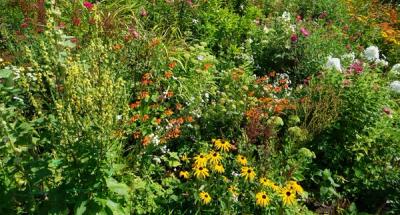
Discover how you can create a thriving ecosystem in your backyard by adding diverse plant species, ranging from wildflowers to native grasses.
Creating a successful garden is similar to the process of making a good meal. Just like a chef needs a variety of ingredients to whip up a delicious dish, a gardener needs a diverse mix of plants to create a thriving garden. Every plant has a special character and a unique role to play in the garden. For example, some plants boost soil nutrients, some offer shade and support while others ward off pests and attract beneficial insects.
Let’s take a closer look into why plant diversity is important for a garden’s success. We will also understand how My Home Park is putting this concept into practice by incorporating plant diversity in its pre-designed collections to create beautiful and sustainable native plant gardens.

What is Plant Diversity?
Plant diversity refers to the variety of plant species that are found in a particular area. In a home garden, plant diversity refers to the number of species that cover your total plot. It’s easy to maintain plant diversity, regardless of the size of your garden, by adding different varieties of plants, shrubs, trees and ground covers.

Why Does Plant Diversity Matter to a Garden?
Imagine a monoculture garden made with just one type of plant - let’s say roses. A garden made of just roses would look beautiful, but over a period of time can become monotonous and not impactful.
And, if a particular pest targets your roses, your entire garden will be at a risk. That’s not all! Having just one species can compromise the soil quality in the garden, as all the rose plants would compete with each other to draw nutrients and water.
On the other hand, let’s take a garden that has a variety of plants like different flowering annuals and perennials, climbers, creepers, ground covers, native grasses etc. This garden will feature an array of colors, textures and scents that would make it more interesting to explore and experience. This garden would be much more resilient to pests and diseases than a monoculture garden, as different plants have their own disease-resistance mechanisms. And moreover , this diverse garden would be better support to a greater variety of wildlife species - from pollinators to other important animals.
A diverse garden is like a beautiful tapestry, with each plant representing a unique thread that, when woven together, creates a stunning masterpiece. Each plant has a special role to play in the garden, whether it is to provide food for pollinators, improve soil health or simply add visual interest to the space.
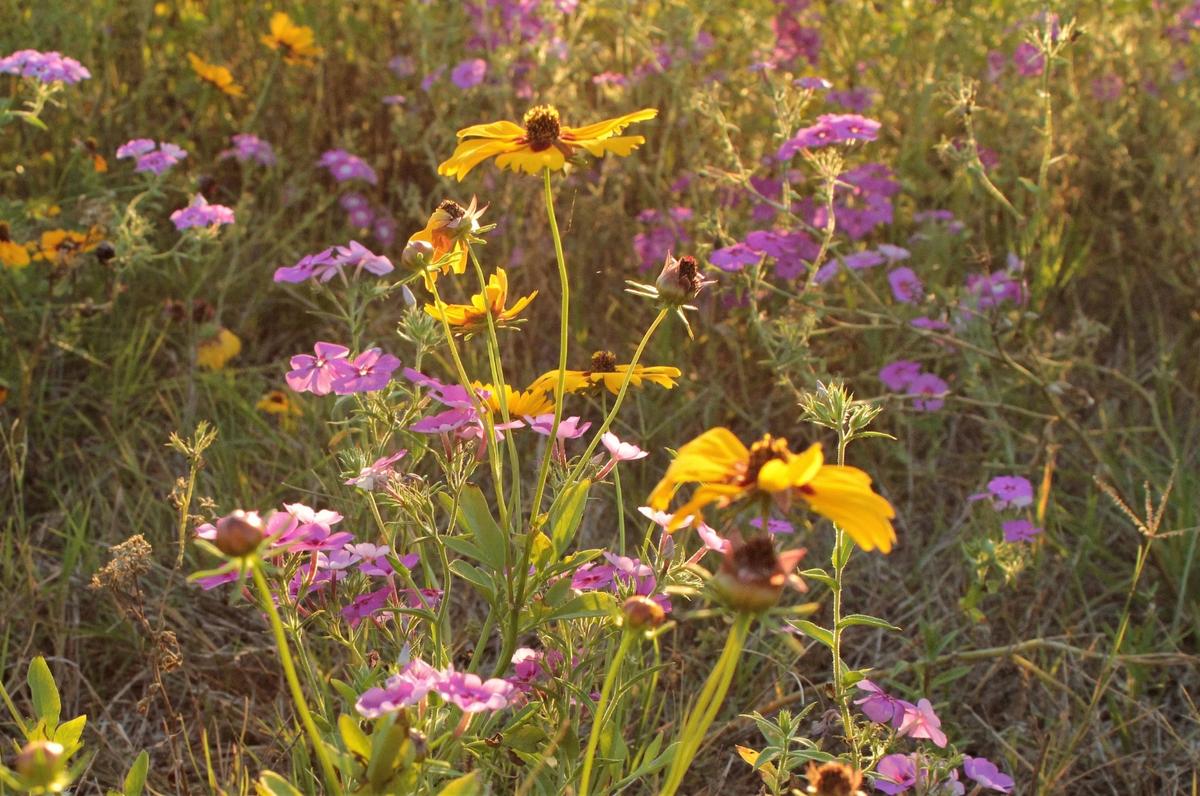
Is Plant Diversity the Same as Companion Planting?
While plant diversity and companion planting sound similar, they are not the same. Plant diversity refers to the overall variety of plant species in a garden, while companion planting is a technique of growing compatible plants together.
Although companion planting contributes to plant diversity, it’s just one aspect of it. In a diverse garden, you can grow multiple species together without worrying about compatibility issues.
Top 5 Benefits of Maintaining Plant Diversity
Here are top 5 of the many benefits that plant diversity contributes to a garden:
1. Increases Resilience to Pests and Diseases
Plant diversity is a key factor to creating a healthy and resilient garden that can withstand the challenges of pests and diseases. Monoculture gardens, which rely on a single plant species, can be devastated by just one pest or disease. By contrast, a garden that includes a range of plants will be much more resilient, since not all of the plants will be affected in the same way or to the same degree.
By planting a diverse group of natives species together, gardeners can create a powerful defense against pests and diseases, without relying on chemical pesticides. This approach not only saves money, but also helps in protecting the garden ecosystem and the health of local environment.
2. Improved Soil Health and Nutrient Cycling
Maintaining plant diversity can significantly improve soil health, prevent soil erosion and promote efficient nutrient cycling.
Growing multiple plants in the same area creates a diverse range of root structures that have different depths and spreads. The roots of different species help in holding top soil in place, breaking up hard soil and improving water infiltration. This, in turn, encourages the growth of beneficial soil organisms like good bacteria and fungi which play a key role in improving soil fertility.
Plant diversity also helps in preventing nutrition depletion in the soil and maintaining nutrient cycling. Plants, which belong to different species, have varying nutrient requirements. They also have the ability to extract and add different nutrients to and from the soil.
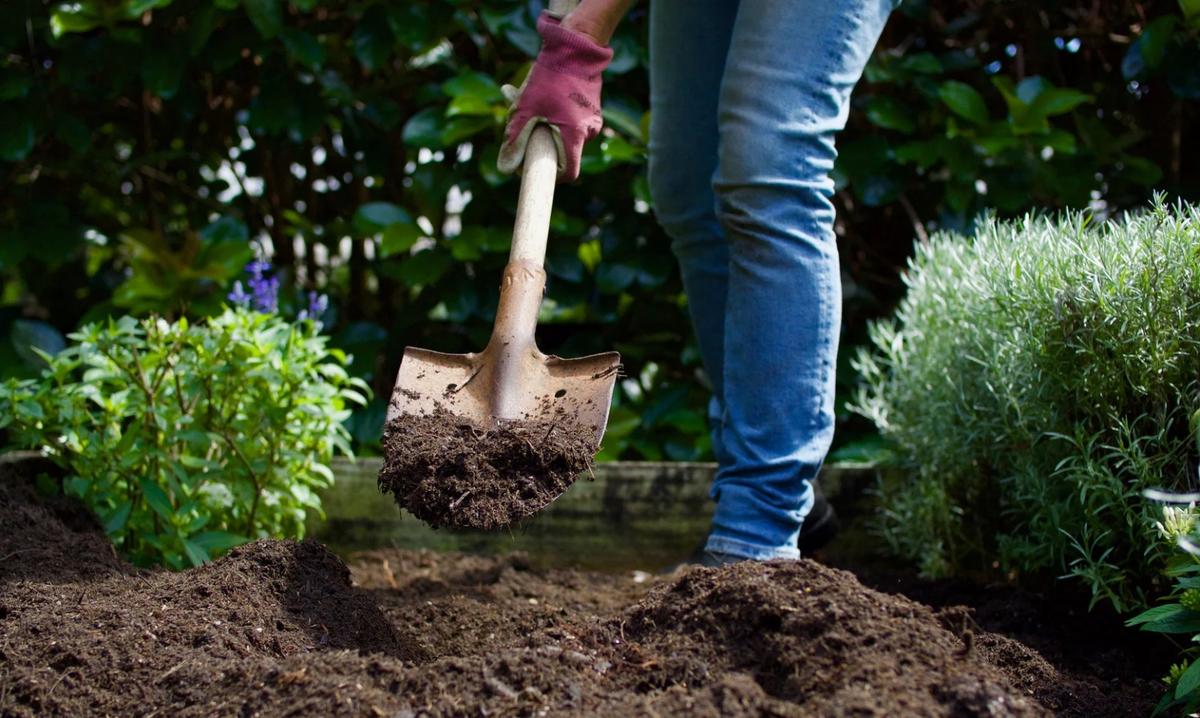
3.Create Habitats for Pollinators and Beneficial Insects
Pollinators and beneficial insects play a key role in maintaining a healthy ecosystem. An easy way to invite them to your yard is through a diverse garden, that is specially rich in natives.
Different plant species attract different creatures like bees, lady bugs, hummingbirds, butterflies etc. with their unique colors and fragrances. They also create habitats for these pollinators to nest, forage and reproduce.
The presence of these insects turns your garden into an beautiful environment, buzzing with life. That’s not all! These insects help in maintaining the delicate balance of nature and act as natural pest control.
In short, the more diverse your garden is, the more biodiversity it can support!
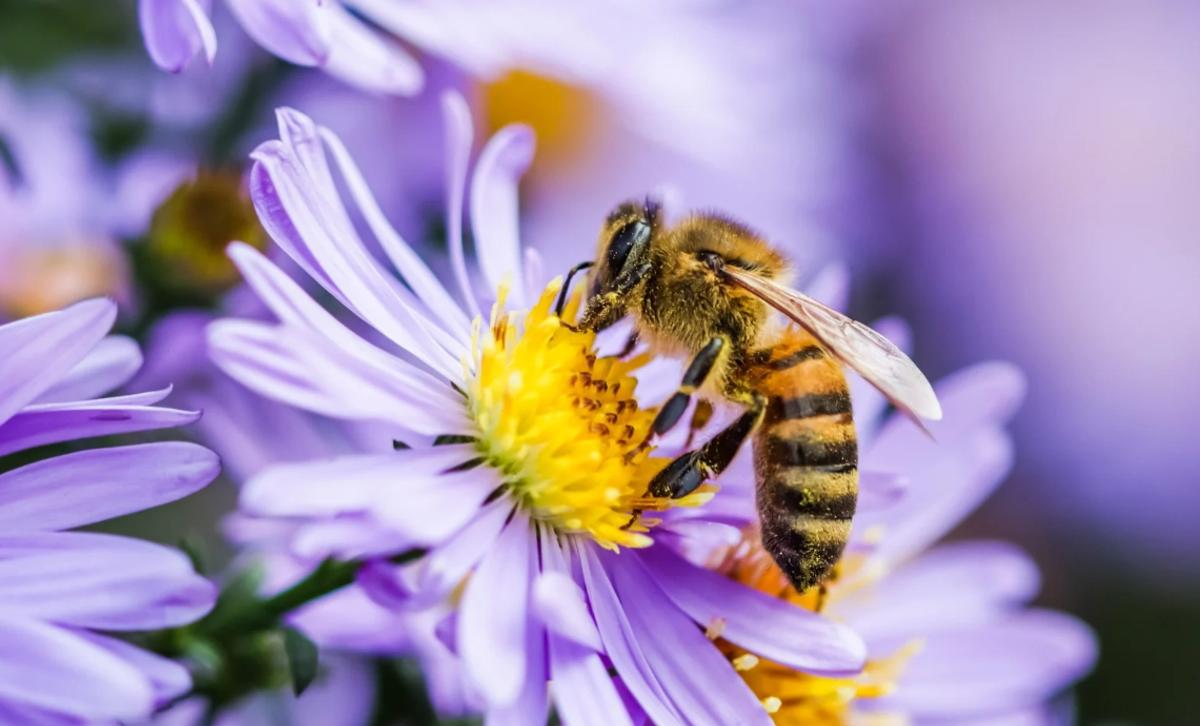
4. Extended Blooming Periods and Seasonal Interest
Plant diversity is a sure way to keep your garden looking colorful and interesting, no matter the season. Using a healthy mix of plants can add a burst of color and vibrancy all year round. For example, you can plant a combination of native species like purple coneflower, wild bergamot and sky blue aster for a stunning display of blooms from June to October. But, it’s not always about flowers!
By incorporating plants with unique foliage such as variegated species and native grasses, you can add texture and dimension to your garden. This way, your garden looks stunning all year long!
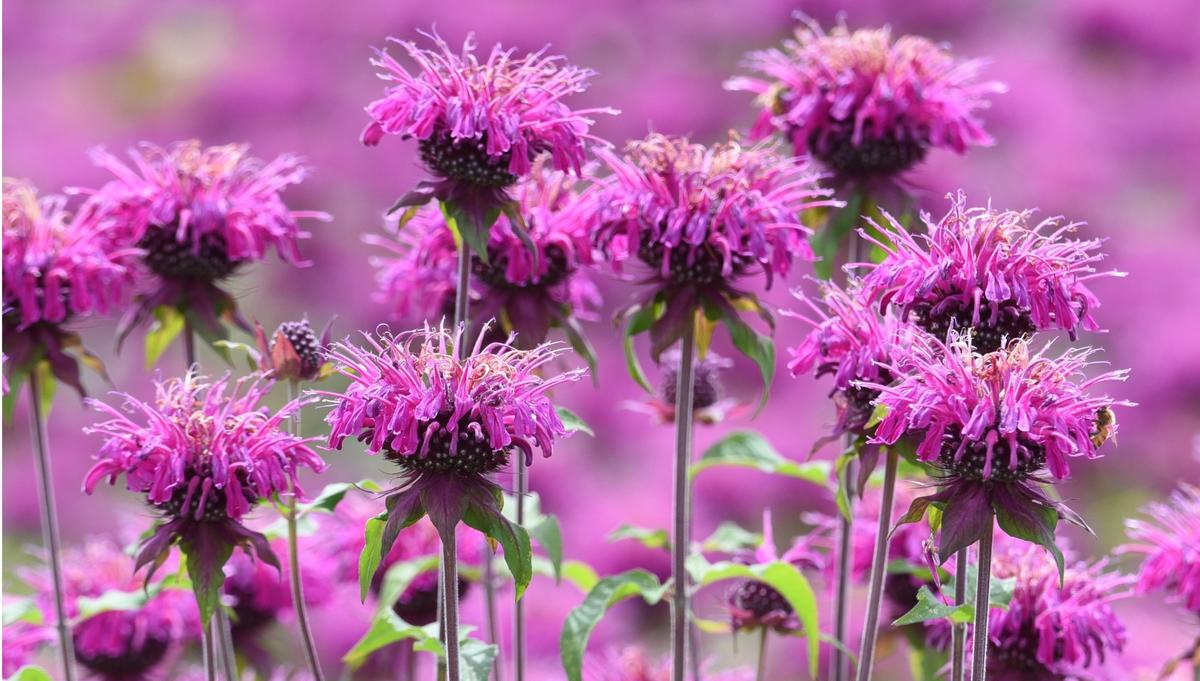
5. Creates Better Sensory Experiences for Humans
Maintaining garden diversity not only benefits plants, but also benefits the humans who live around it. The sights of colorful blooms, the sounds of chirping birds and animals can awaken our senses and create a calming environment. It allows us to fully immerse ourselves in nature, providing a much-needed break from our fast-paced lives.
Designing Diverse Plant Gardens: The MHP Way!
At My Home Park, we take great pride in our commitment to promoting plant diversity in every garden we create. Our pre-designed collections are specially crafted to incorporate a diverse range of native species, carefully curated to suit your yard conditions.
Here are some of the many advantages of choosing MyHomePark’s pre-designed plant combos:
Your garden gets a balanced mix of colors, textures and seasonal interest
You can have a garden overflowing with life by attracting local biodiversity
You can minimize the use of pesticides as the combos are naturally disease-resistant
You can save plenty of time and money while enjoying a beautiful garden
So, why have a boring and monotonous garden when you have a diverse, thriving ecosystem? Let My Home Park help you incorporate plant diversity in your garden by using combos that are in tune with nature.
Speak to us now to learn more!



Share this article


